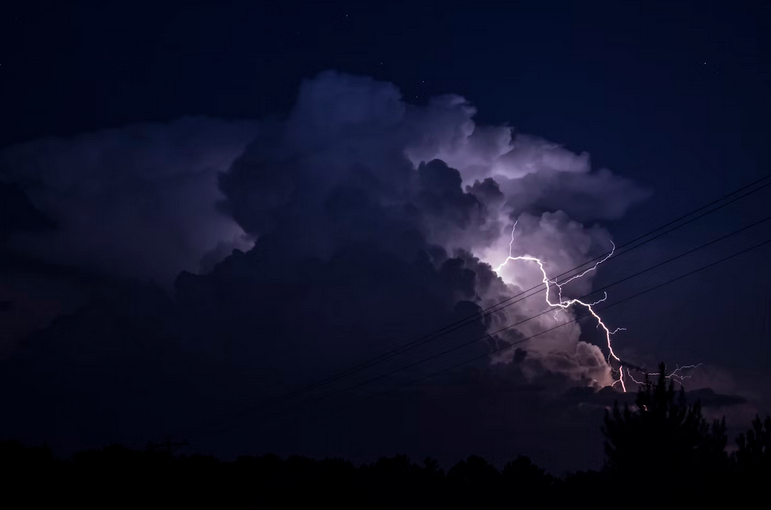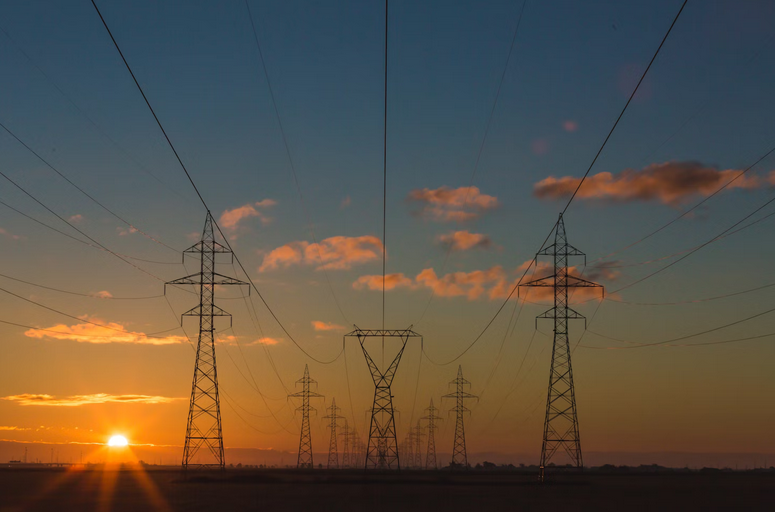The Complexities of Power Grid Management: Understanding the Major Challenges
Welcome to our blog, where we delve into the intricacies of power grid management and uncover the major challenges that lie beneath its seemingly seamless operation. As modern society relies increasingly on electricity for every aspect of daily life, it becomes crucial to understand the complexities behind keeping those lights on. Join us as we unravel the web of obstacles faced by power grid managers and explore how they navigate through storms, both natural and man-made, to ensure a steady supply of energy for all.
Aging Infrastructure
One of the primary challenges confronting power grids is the aging infrastructure. Numerous grids around the world were built decades ago, and their components are reaching the end of their operational lifespan. Aging infrastructure can lead to increased maintenance costs, higher failure rates, and decreased overall reliability. Upgrading and modernizing power grid components, such as transformers, switchgear, and transmission lines, is essential to ensure a robust and resilient energy infrastructure.
Investing in infrastructure modernization is crucial to address the challenges posed by aging grid components. The integration of smart grid technologies, including advanced sensors, communication systems, and automation, can enhance the monitoring and management of the grid. Smart grids allow for real-time data analysis, predictive maintenance, and improved overall efficiency, contributing to the longevity and reliability of the power infrastructure.
Cybersecurity Vulnerabilities
As power grids become more interconnected and digitized, the risk of cybersecurity threats has significantly increased. Malicious actors target power systems with the potential for widespread disruptions, making cybersecurity a top priority. A successful cyberattack could compromise grid operations, disrupt service, and pose serious risks to national security.
Implementing robust cybersecurity measures is imperative to safeguard power grids from digital threats. This includes the deployment of advanced firewalls, intrusion detection systems, and encryption protocols. Regular cybersecurity audits, employee training programs, and collaboration with governmental agencies can enhance the resilience of power grids against evolving cyber threats.

Renewable Energy Integration
The integration of renewable energy sources, such as solar and wind, poses a unique challenge for power grids due to their intermittent nature. Fluctuations in renewable energy generation can lead to grid instability, affecting the balance between supply and demand. Advanced energy storage technologies play a crucial role in addressing the variability of renewable energy. Batteries, pumped hydro storage, and other storage solutions can store excess energy during periods of high generation and release it during periods of low generation.
Additionally, enhancing grid flexibility through demand-response programs and grid management systems helps balance the intermittent nature of renewable sources. The Renewable and The Ercot Grid, for example, has implemented a Market Participation Model to integrate renewable energy into the grid. This model allows renewable energy providers to participate in the wholesale energy market and provide their energy at a competitive price.
Grid Congestion and Overloads
In densely populated urban areas or regions with high industrial activity, power grids often face congestion and overloads, leading to the risk of equipment failure and service interruptions. Expanding and reinforcing the power grid infrastructure in high-demand areas is essential to alleviate congestion. Upgrading transmission lines, adding substations, and investing in new grid infrastructure can enhance the capacity and resilience of power grids, ensuring a reliable electricity supply to meet the demands of growing populations and industries.
Extreme Weather Events

The increasing frequency and intensity …

